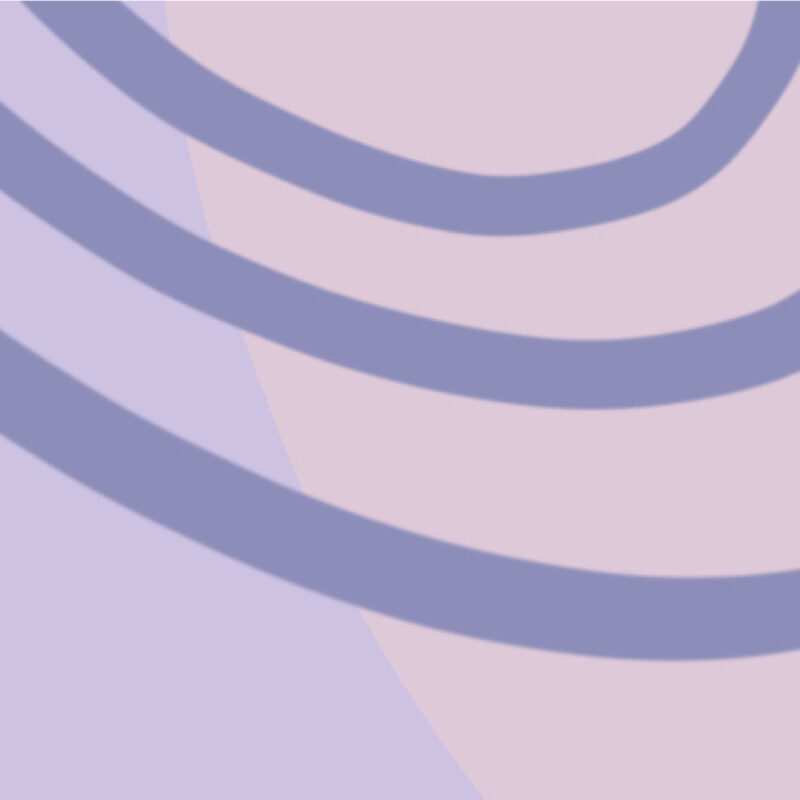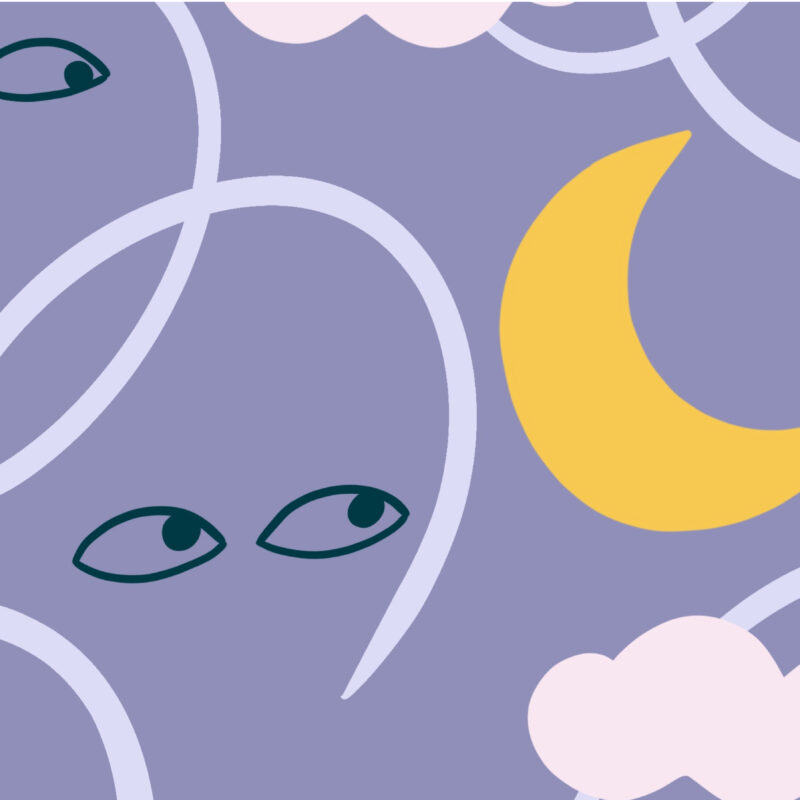How to cope with hot flushes in warm weather
- Eight of out of 10 women are affected by hot flushes during the perimenopause and menopause
- Falling estrogen levels are thought to affect the way your brain regulates body temperature
- Practical tips on to manage hot flushes when the temperature rises
If you’ve just had another night covered in sweat and too hot to sleep, or spent a sunny day in the grip of hot flushes, then read on.
About eight out of 10 women in perimenopause and menopause are affected by hot flushes and night sweats, which are called vasomotor symptoms, and around one in four report that it affects their quality of life [1].
Body temperature is controlled by an area of the brain called the hypothalamus and when your oestrogen levels start to fall it causes disruption in this area, says Dr Penny Ward, GP and menopause specialist at Newson Health.
‘This leads to your hot flushes and night sweats,’ says Dr Ward. ‘Then when the weather is hot, this causes further glitches in the hypothalamus, which means you are likely to have more night sweats and hot flushes – just when you least want them.’
Here are balance’s six top tips on surviving hot flushes and night sweats when combined with hot summer weather.
Avoid the peak of the heat
While we are used to being advised to avoid the hottest parts of the day to protect our skin from sun damage, another benefit is to reduce your hot flushes.
As body temperature rises, this leads to more glitches in the hypothalamus, that can increase the number of hot flushes and night sweats.
RELATED: 7 common sun protection mistakes – and how to avoid them
Keep your bedroom cool
Try keeping the window open, having minimal coverings from natural fabrics and even, some claim, cooling your sheets in the fridge. Whatever works for you, do it to keep things cool as you sleep.
Disturbed sleep pushes up production of the hormone cortisol, which can make you feel anxious and on edge, and can also increase the number of hot flushes.
A bad night’s sleep can also disrupt the production of the hormone melatonin, which is believed to have a role in regulating the body’s temperature and may have an impact on your number of hot flushes.
Keep hydrated
If the weather is hot, and you are having regular night sweats and hot flushes, you are going to be losing water through sweat.
This leaves you at higher risk of dehydration, which is particularly important when you are menopausal as it can lead to a surge of adrenaline.
Adrenaline, the so-called fight-or-flight hormone, further pushes up the number and intensity of your hot flushes.
So drink plenty of cool water to keep yourself hydrated and ward off spikes of adrenaline.
…and consider cutting down on caffeine and alcohol
The evidence on whether caffeinated or alcoholic drinks contribute to hot flushes is mixed, anecdotally many women will say they find these beverages to be triggers [2,3].
‘A lot of women will say that they stop drinking in the perimenopause as it gives them hot flushes,’ says Dr Ward. ‘Robust research hasn’t been done, but it may be something that you want to try to see if it helps.’
RELATED: Alcohol and the menopause: why cutting down can improve your menopause and overall health
Speak to a healthcare professional about HRT
If your hot flushes and night sweats are bothering you, consider speak to a healthcare professional. They should be able to talk about the benefits and risks of taking HRT to replace your own declining hormones, which are triggering these challenging symptoms.
HRT is the first line treatment for the perimenopause and menopause symptoms [4].
And this is not just to help you through uncomfortable, humid nights, Dr Ward says.
‘There is some evidence that hot flushes and night sweats are linked to your future risk of heart disease [5]. So lowering the incidence of these symptoms may have a long term benefit as well as easing discomfort in the short term.’
RELATED: Taking your HRT abroad: everything you need to know
Wear loose, cool clothing
Items made from light-weight natural fabric can help keep your temperature low and prevent your hypothalamus going into over-drive. Wearing lighter colours should help reflect, rather than absorbing, heat, Dr Ward says.
‘Some women find fans, ice packs and flannels really helpful, and these can be simple and affordable ways of keeping cool,’ says Dr Ward.
References
1. Hickey M., Szabo R.A., Hunter M.S. (2017), ‘Non-hormonal treatments for menopausal symptoms’, BMJ, 359 :j5101 doi:10.1136/bmj.j5101
2. Sievert, L. L., Obermeyer, C. M., Price, K. (2006). ‘Determinants of hot flashes and night sweats’, Annals of Human Biology, 33(1), pp.4–16. doi.org/10.1080/03014460500421338
3. Schilling C., Gallicchio L., Miller S.R., Langenberg P., Zacur H., Flaws J.A. (2007), ‘Current alcohol use, hormone levels, and hot flashes in midlife women’, Fertility and Sterility, 87 (6), pp.1483-6. doi: 10.1016/j.fertnstert.2006.11.033
4. National Institute for Health and Care Excellence (NICE) (2015), ‘Menopause: diagnosis and management’, www.nice.org.uk/guidance/ng23
5. Thurston, R.C. et al. (2021), ‘Menopausal vasomotor symptoms and risk of incident cardiovascular disease events in SWAN’, Journal of the American HeartAssociation, 10 (3), e017416. doi:10.1161/JAHA.120.017416





